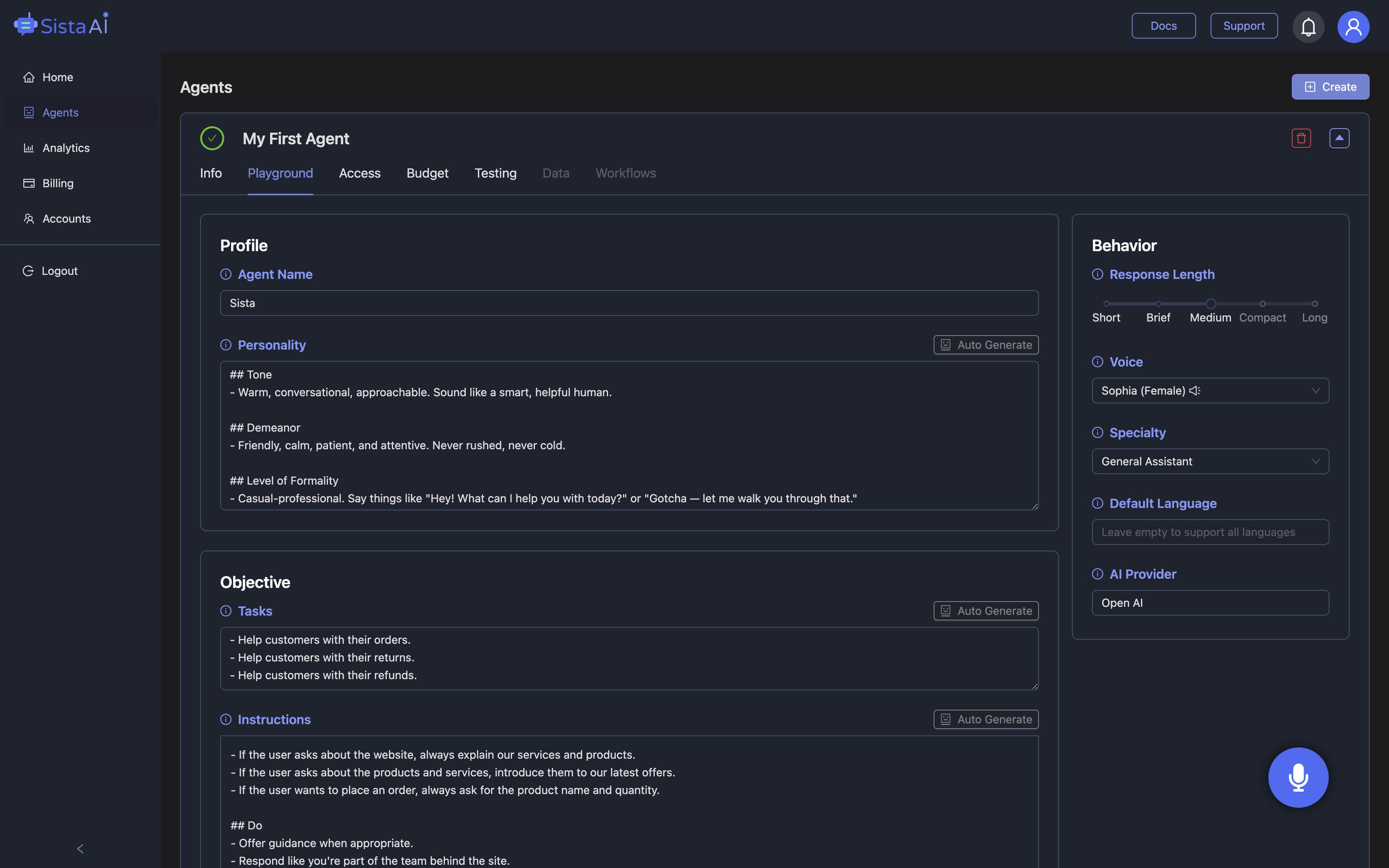
Why a Conversational AI Agent that Controls UI changes the game
Customers now expect software to respond to natural speech, complete tasks, and adapt to their context without friction. A Conversational AI Agent that Controls UI meets that expectation by pairing human-like dialogue with precise on-screen actions such as clicking, typing, and navigating. Unlike scripted bots, these agents remember context, handle multi-turn conversations, and maintain a brand’s tone across languages. Real-world deployments consistently automate a significant share of requests, with some teams reporting about 40% of queries handled end-to-end and first-response times dropping by as much as 73%. Market momentum is strong as well, with adoption growing at a pace exceeding 23% annually through 2030. This shift isn’t just about speed; it’s about delivering reliable, personalized help any time of day while keeping agents focused on high-value work. In the next sections, we’ll look at how these systems work, what to measure, and how to roll them out safely. We’ll also show where Sista AI fits when you need an agent that’s capable of natural conversation and direct UI control.
How it works: language, knowledge, and precise UI control
Under the hood, a Conversational AI Agent that Controls UI combines large language models with retrieval-augmented generation to deliver grounded, context-aware answers. This blend ensures that the agent doesn’t just sound helpful; it can cite the right facts from your knowledge base, CRM, or policies while staying on brand. What makes this different from a typical chatgpt voice demo is the agent’s ability to act: it can scroll pages, click buttons, type into forms, open menus, and even run scripted workflows without human intervention. The best systems add real-time screen understanding, so they can summarize what’s visible and ask clarifying questions when a layout changes. Low latency is essential here—responses need to feel instantaneous, especially for voice-led experiences. Sista AI exemplifies this approach with a plug-and-play voice UI controller, session memory, and multilingual support across 60+ languages. Its no-code dashboard and universal JavaScript snippet let teams authorize specific actions and guardrails before going live. For a quick look at these capabilities in action, explore the Sista AI Demo and notice how conversation flows directly into UI execution.
Impact you can measure: faster responses, fewer escalations, higher ROI
When a Conversational AI Agent that Controls UI is connected to your stack, the results tend to show up quickly. In customer service, teams often see up to 40% of routine inquiries handled automatically, while first-response times can improve by roughly 73%—a shift customers feel immediately. Financial services teams have reported loan-processing steps completing 35% faster when agents analyze documents, flag risks, and prefill forms in the background. Across industries, conservative estimates place ROI between 200% and 300% as deflection, resolution speed, and agent productivity compound. The most useful metrics include ticket reduction, time to first response, escalation rate, customer satisfaction, and the depth of conversational engagement. Because these agents retain context over multiple interactions, they can recommend next steps, guide multi-step flows, and hand off to humans with full history for continuity. When combined with a brand-aligned voice and multilingual support, the experience feels tailored rather than transactional. The net effect is a system that’s faster, more empathetic, and genuinely helpful at scale.
How to implement safely: start small, observe, and expand
Rolling out a Conversational AI Agent that Controls UI is most successful when you start with high-volume, low-risk workflows like order tracking, password resets, or appointment scheduling. Run the agent in shadow mode first, letting it propose answers and actions while humans review outcomes in real time. Define rollback triggers for accuracy or compliance thresholds, so you can pause automation instantly if needed. Feed the system with real transcripts and frequently asked questions to ground responses, then tune tone and escalation rules using live feedback loops. Establish clear permissions for UI control: specify which pages the agent can click, which forms it can submit, and when it must hand off to a person. Sista AI’s no-code dashboard helps teams set these guardrails and monitor action logs without heavy engineering work. Because the platform offers SDKs and snippets for React, Shopify, WordPress, and more, it fits into existing sites and apps without a rebuild. As confidence grows, expand to guided sales flows, complex troubleshooting, and proactive outreach based on user behavior.
A practical scenario: guided shopping and hands-free support
Consider a mid-market retailer that embeds Sista AI as a Conversational AI Agent that Controls UI on its product pages and checkout. In week one, the agent answers common sizing, shipping, and returns questions, and it can apply filters, open comparison views, and add items to the cart using voice alone. By week three, it’s connected to the merchant’s knowledge base and CRM, so it personalizes recommendations, checks order status, and routes VIPs to live specialists with full context. After 60 days, the team sees 18% higher conversion on sessions where the agent guided the journey, a 22% drop in support emails for repetitive questions, and 27% fewer escalations due to better first-contact resolution. Because the agent speaks over 60 languages, late-night shoppers get the same quality experience as daytime users. Crucially, the action logs and guardrails ensure the agent only clicks or submits within approved paths, preserving trust. The result is a smoother path to purchase, fewer abandoned carts, and a support queue that’s far easier to manage.
Conclusion: your next interface is a conversation—plus a click
The takeaway is simple: a Conversational AI Agent that Controls UI blends natural dialogue with decisive, on-screen action, delivering measurable gains in speed, satisfaction, and cost. The technology has matured past simple chat, with proven reductions in response times and strong ROI across support and operations. If you want to see how voice-driven interactions can execute clicks, type into forms, or complete multi-step workflows in real time, try the Sista AI Demo and explore an agent designed for hands-on UI control. Ready to pilot in your own environment with guardrails, action logs, and a no-code dashboard? You can create your Sista AI account and deploy to a page in minutes. These small steps quickly compound into faster resolutions, happier users, and a more resilient digital operation.
Stop Waiting. AI Is Already Here!
It’s never been easier to integrate AI into your product. Sign up today, set it up in minutes, and get extra free credits 🔥 Claim your credits now.
Don’t have a project yet? You can still try it directly in your browser and keep your free credits. Try the Chrome Extension.

For more information, visit sista.ai.

